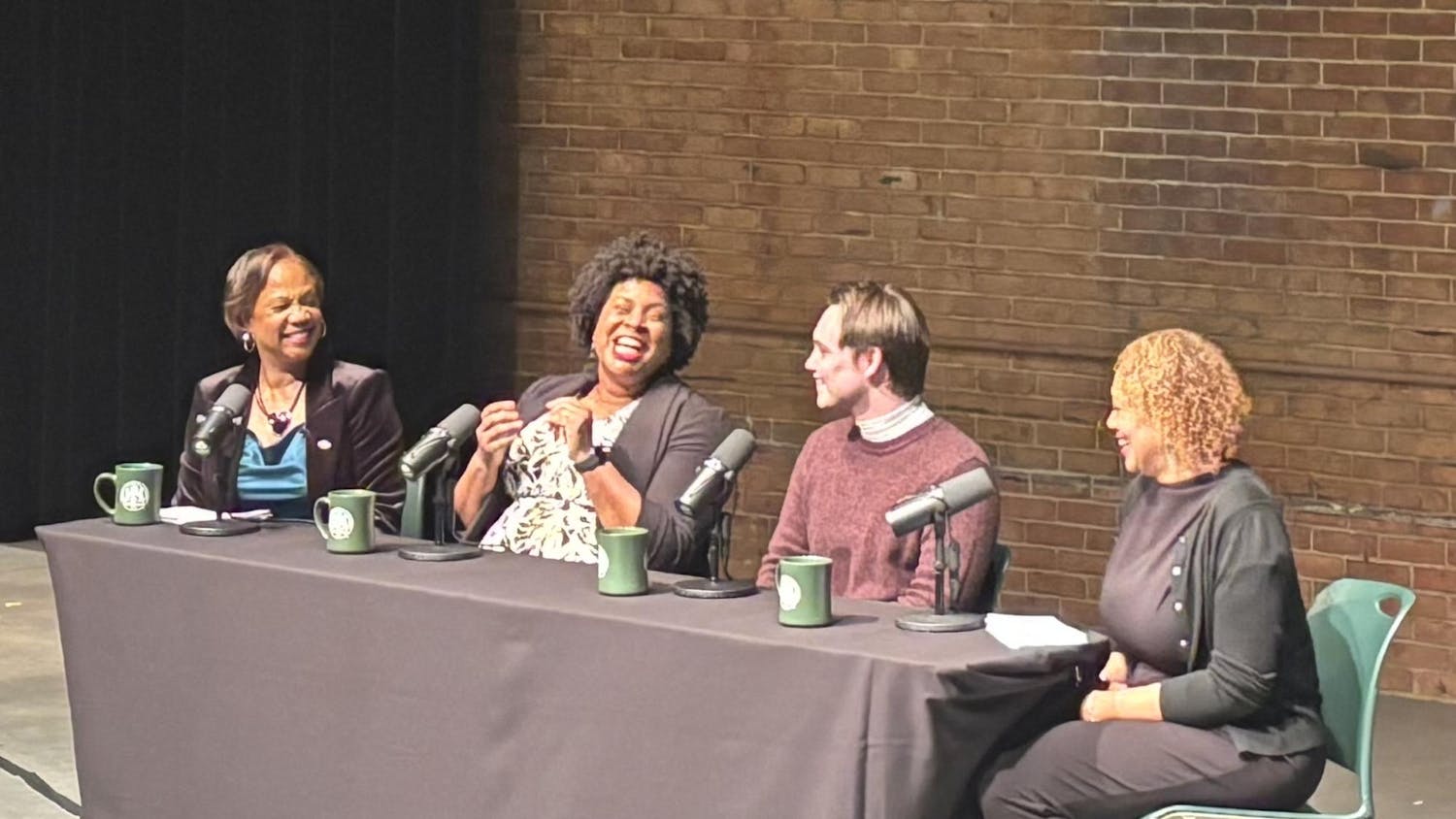Beloved Nickelodeon cartoon “Avatar: The Last Airbender” has received its second attempt at a live action adaptation thanks to Netflix.
This new series shares the same title and premise as the original which aired in 2005 and ran for three seasons. Set in a fantasy world, it follows the adventures of Aang, the Avatar, a being capable of magically manipulating the elements of water, earth, air, and fire. He must learn to master all four elements in order to defeat the imperialist Fire Nation.
The show stars Gordon Cormier as Aang, Kiawentiio as Katara, Ian Ousley as Sokka, and Dallas Liu as Prince Zuko.
This is the second live adaptation of “Avatar: The Last Airbender.” The first one was a film titled “The Last Airbender” released in 2010. It was universally panned by critics and fans.
Highs
The show rights the wrongs of “The Last Airbender” casting. The movie casted white actors despite the world being based on Asian and Native American cultures. The show does better with racially appropriate casting.
The young cast are generally good actors. Their choices for their delivery ring truer to their characters’ souls than the actual writing. In particular, Cormier perfectly captures the spirited, youthful Aang and Liu plays an angry and tragic Zuko.
A few side characters get more backstory and depth. Specifically, Monk Gyatso and Zuko’s crew are provided backstories that enrich their roles. Princess Yue has more personality, making her storyline more impactful.
The costumes stay true to the original series, brightly colored and detailed. This is another improvement from the movie, which had darker, muted colored costumes.
Lows
The first season of the cartoon had twenty episodes while the live adaptation has only eight. Stuffing in a lot of material from the original series in a short amount of time, it has no room to breathe or time to properly set up plot and character, making twists and relationships unearned.
The live action series lacks the subtlety and complexity of the cartoon. It spends far too much time with monologues explaining plot points and world building, relying more on telling the audience the story instead of showing it.
Much of the cartoon’s humor has been taken out and replaced with nothing, leading to originally comedic characters becoming hollow, bland shadows of themselves such as Sokka and Uncle Iroh.
The humor is not the only disastrous removal. Many of the complex themes are toned down or done haphazardly. For example, the misogyny is toned down, which weakens the feminist messages and takes away much of Katara’s righteous anger, making her less interesting as a character despite, Kiawentiio playing her well. Another example is how the new series opens with the genocide of the Air Nomads, focusing on the violence, but spending less time on Aang’s grief and love for his lost people.
Visually, the show is an eyesore. Prioritizing the color of the cartoon for the costumes, but not the background, plus a heavy use of computer-generated imagery leads to the visuals clashing. Though they are clearly meant to emulate the cartoon, the cartoon’s art style allowed it to better execute the visuals. The shows attempts at recreating it loses the beauty in translation.
Verdict
It is unclear who this new series is for. It spends too much time over-explaining the story for fans of the cartoon, but its lack of timing leaves little context for new fans to enjoy it. Despite the new series being aimed for a more mature audience than the cartoon, the cartoon is far more complex, impactful, and overall entertaining.
The entire first season is available to watch on Netflix. The cartoon is also currently available on Netflix.
Rating: 4 out of 10 stars.
Frank Remski is a film and theater reviewer for the Eastern Echo. He is majoring in media studies and journalism and minoring in public relations. He has worked for The Echo since the summer of 2023 and has written both news stories and opinion pieces.










